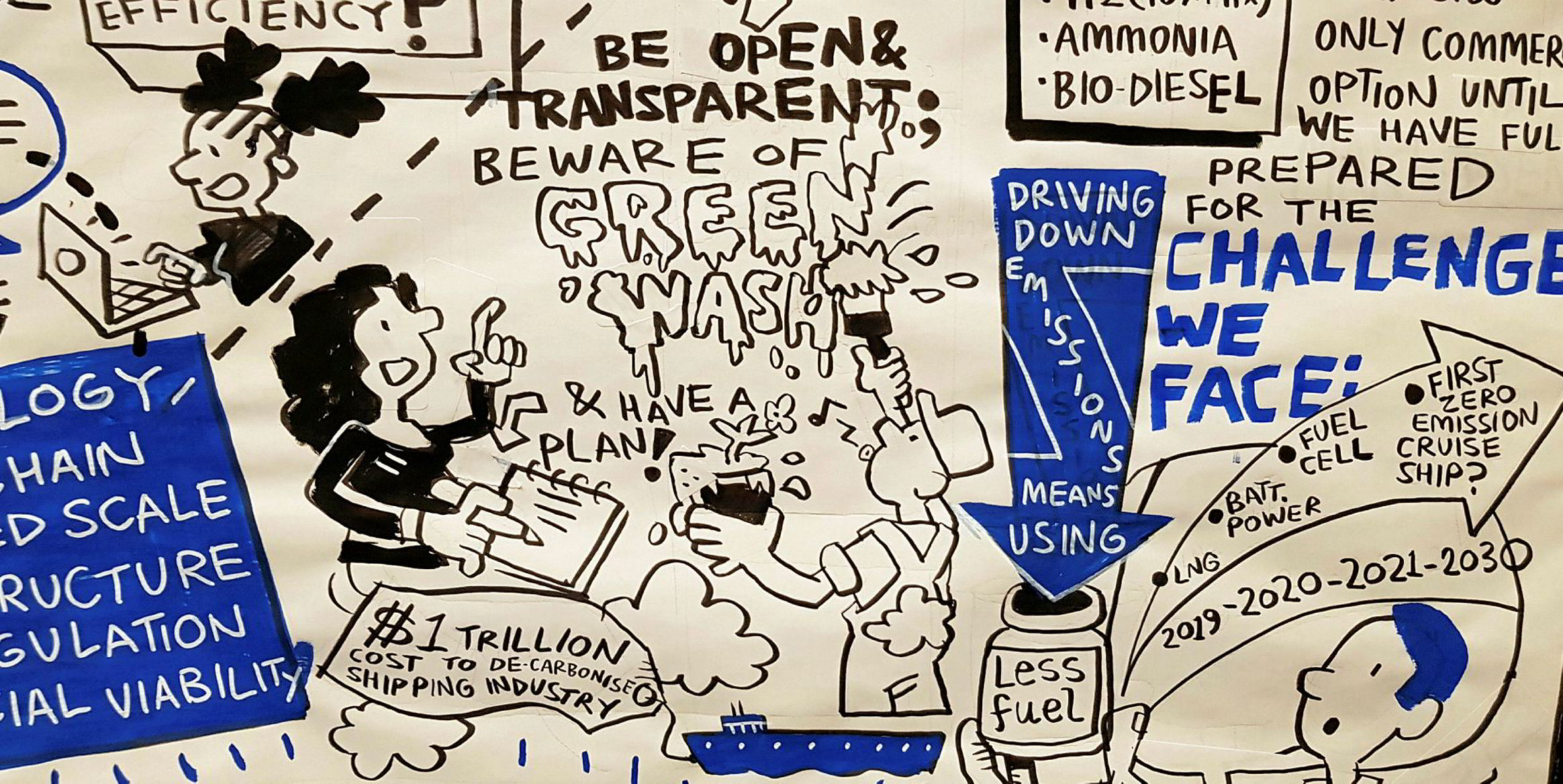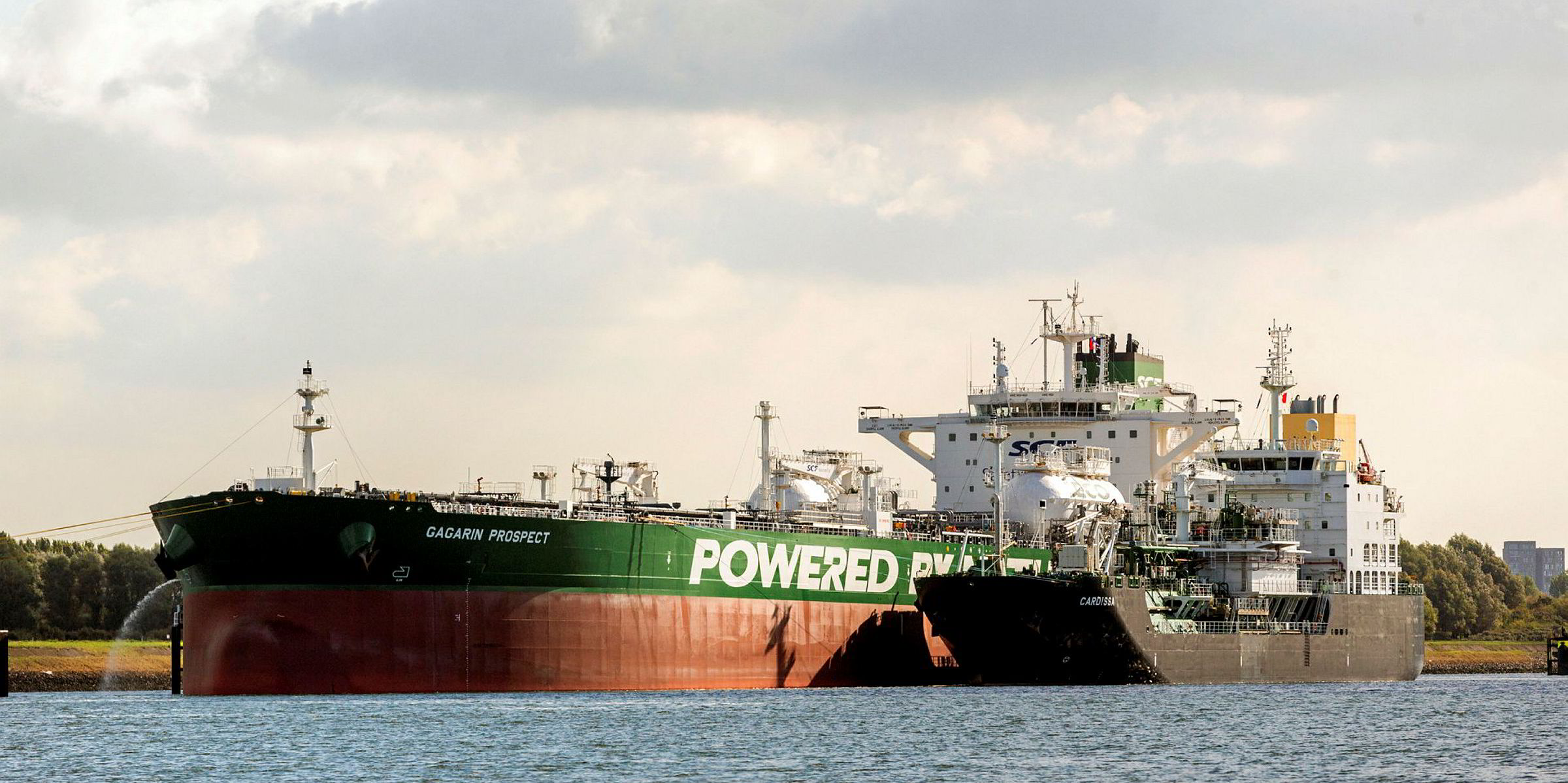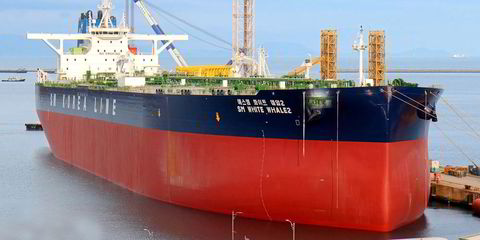Canadian ferry owner Seaspan is planning to order an LNG bunker vessel (LNGBV) newbuilding to serve Vancouver and ports in the wider region.
Speaking to TradeWinds, Harly Penner, director of fleet engineering and vessel development at the outfit’s shipowning arm Seaspan Ferries, said the vessel will be flagged in Canada and have Vancouver as its home port.
Under the company’s plans, the LNGBV would be operational by 2022 or 2023.
Penner was unable to give more precise details on the vessel, but said it will be the correct size for Vancouver and the vessel types calling there, including tankers, containerships, cruiseships and ropax vessels.
Those who follow the company indicate that Seaspan is looking initially to acquire an LNGBV of up to 10,000 cbm.
As part of its plan, Seaspan is partnering with FortisBC to develop a new LNG bunker berth, which will be in operation by 2022.
Lonesome
Seaspan operates shipowning and yard businesses and has experience in operating LNG-fuelled vessels and converting ships to run on gas. The group also has a bunkering arm, Marine Petrobulk.
Speaking to TradeWinds at the IQPC Global LNG Bunkering Summit 2020 in Amsterdam, Penner said: “Seaspan wants to be first to market with [LNG] ship-to-ship bunkering availability in the Port of Vancouver.”
Penner acknowledged that the company is not operating in an area of dense population.
“We’re in lonely old Canada,” he said. “Vancouver is not a bunkering hub for traditional fuels. We’re hoping to change that.”
But he said the company has wider ambitions. Seaspan hopes to expand its operations to northern British Columbia, and Oakland and San Francisco in the US.
Penner said there is a vacancy for LNG bunkering on the north-west Pacific coast.
“If we are building a business based on LNG at Seaspan, then we need to get into the ship-to-ship bunkering market and change the perception that infrastructure isn’t ready for shipowners to move to LNG,” he said.







